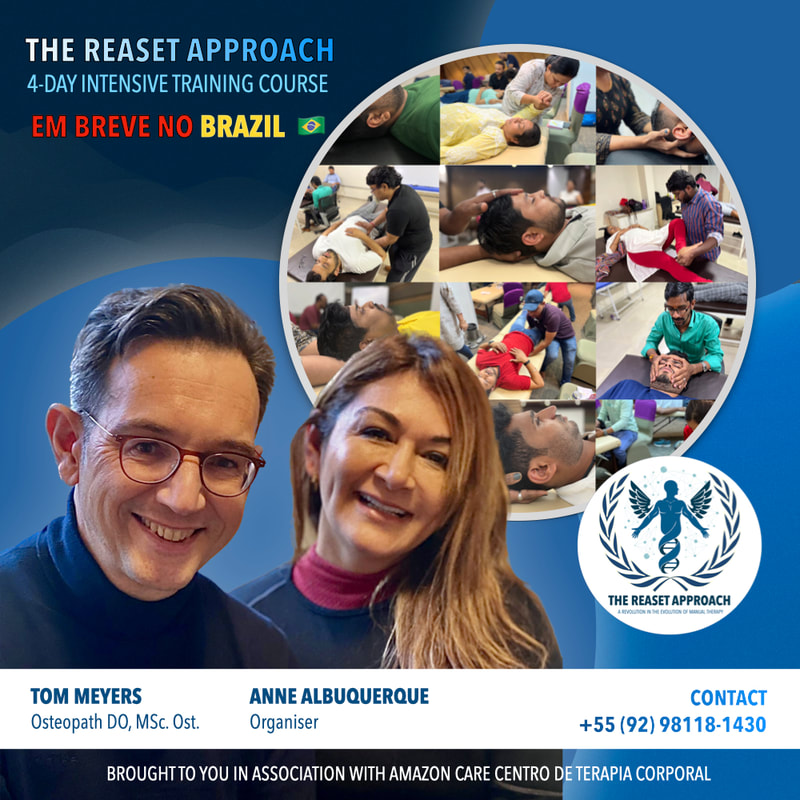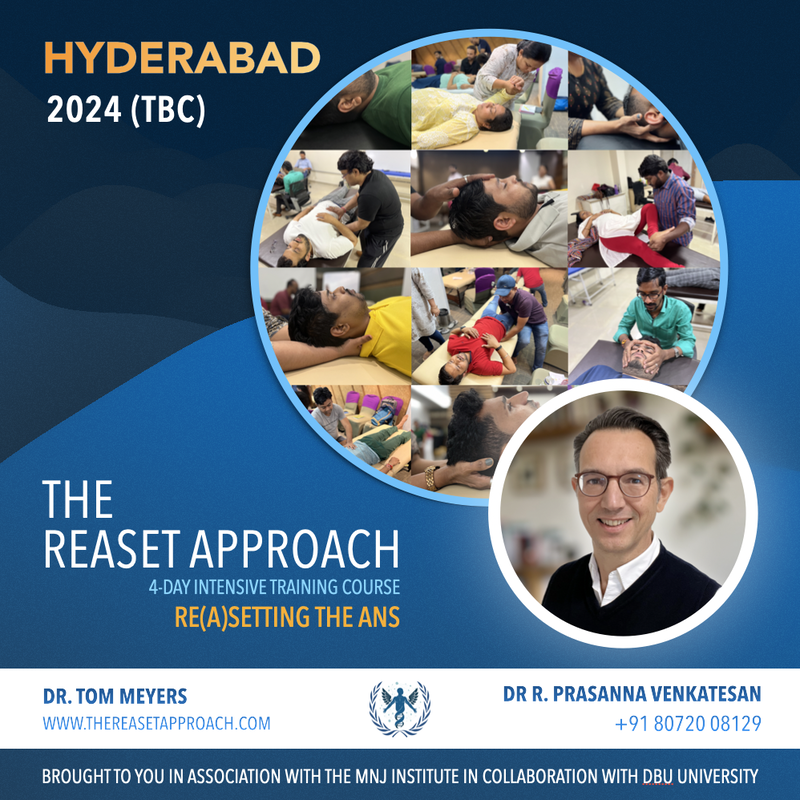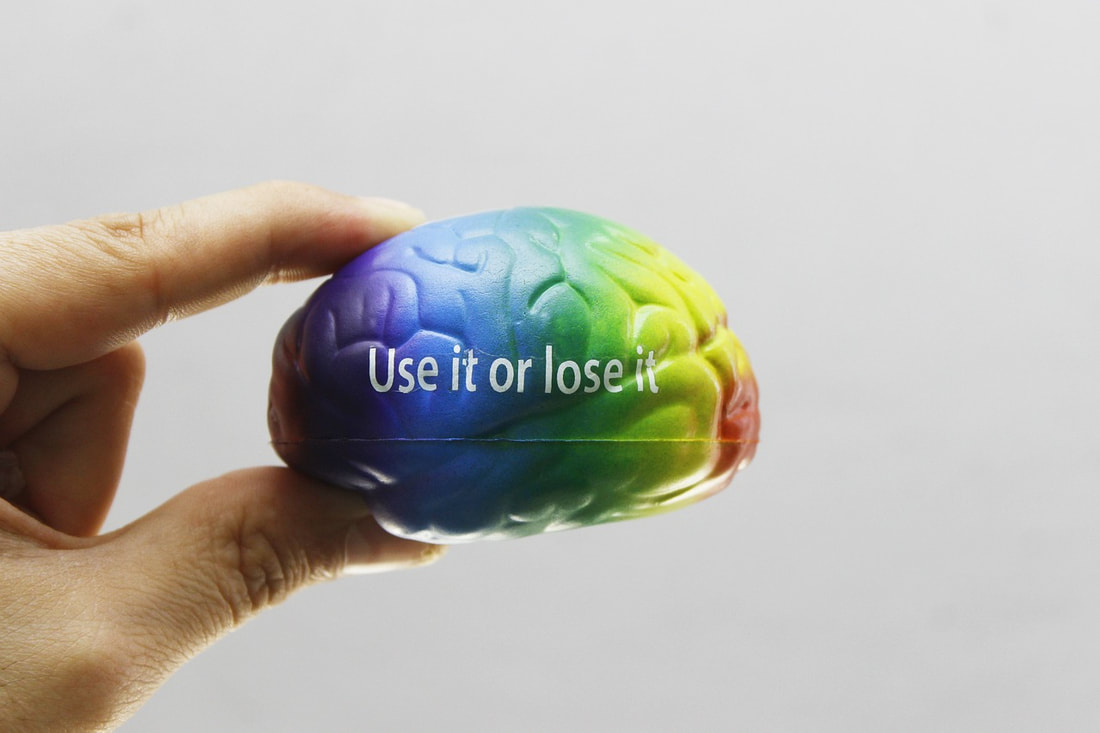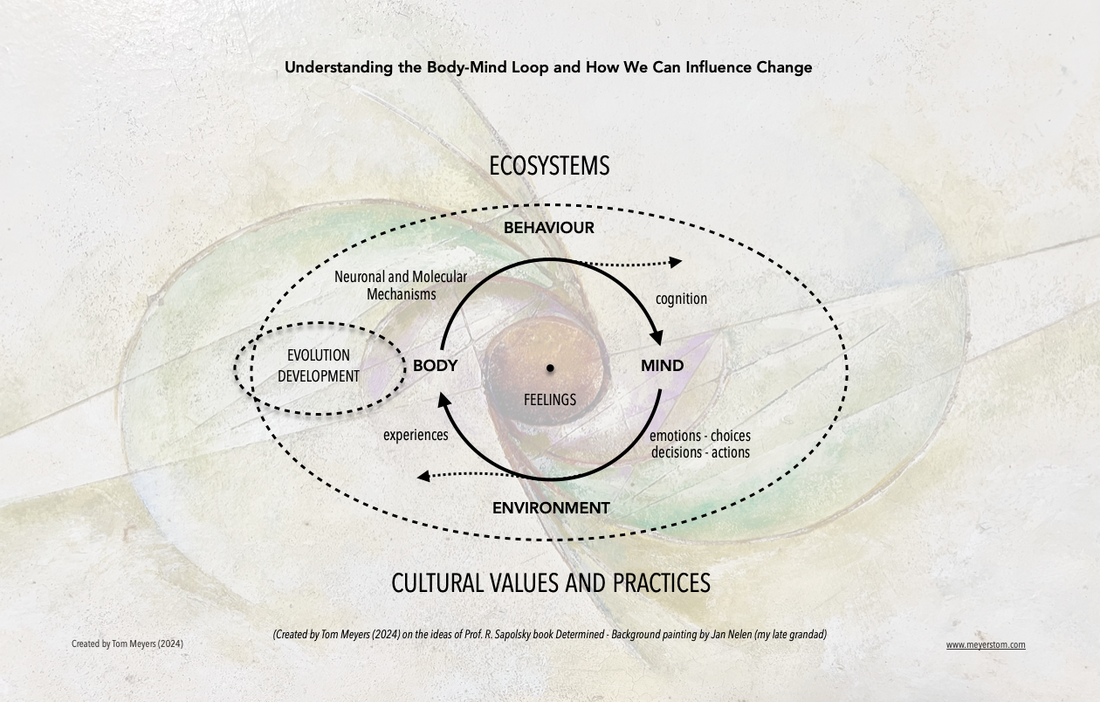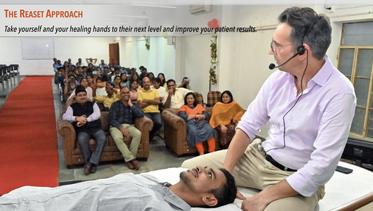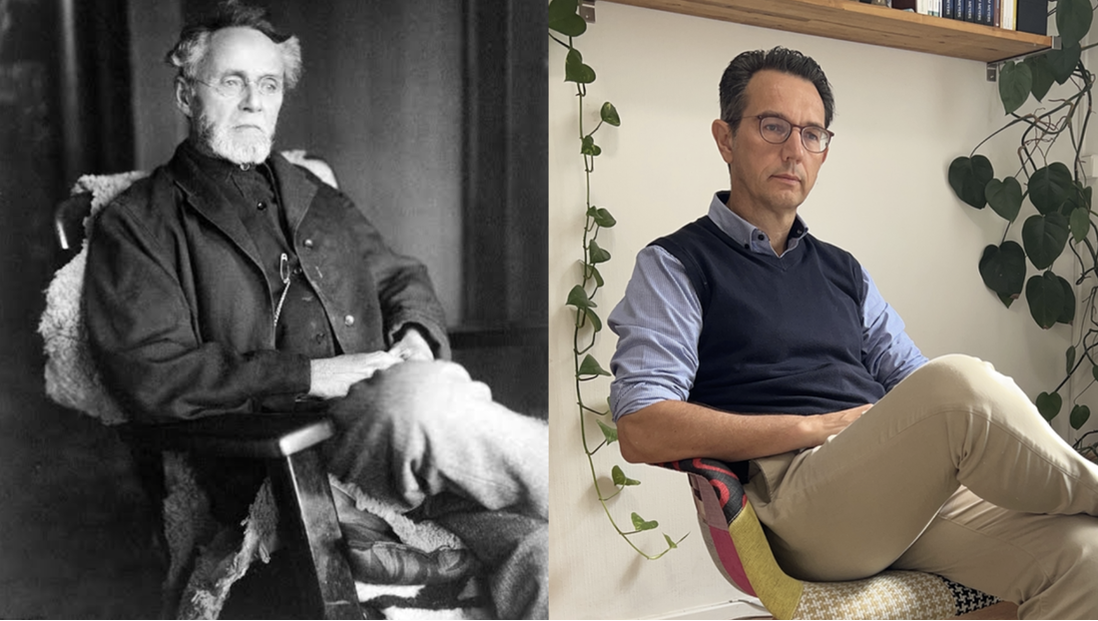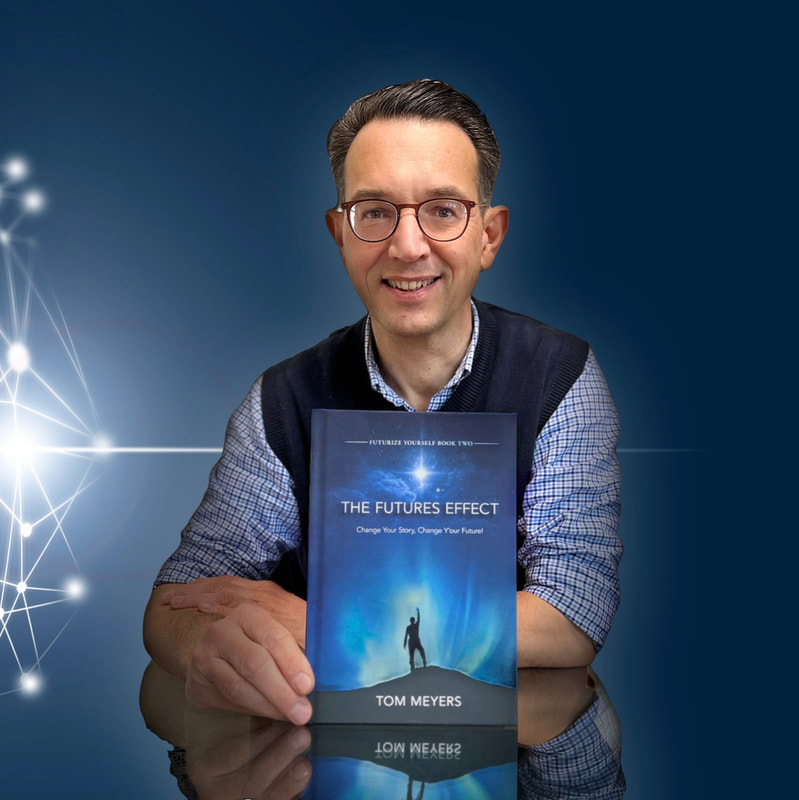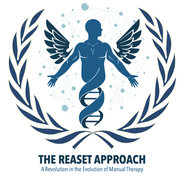Welcome to the Revolution in the Evolution of Manual Therapy
In the training course, you will explore "The Reaset Approach," a hands-on therapeutic methodology and treatment modality designed for easy integration into your manual therapy practice.
In today's rapidly changing world, the nature of health challenges has undergone a significant shift from the 20th-century paradigm. Previously, health issues arose mainly from external physical forces, i.e. biomechanical stressors, resulting in functional or structural dysfunction (somatic dysfunction). However, in the 21st century, a crucial transformation has taken place. Present-day somatic dysfunctions, including musculoskeletal disorders (MSD’s) are linked to psychosocial or adaptive stress rather than biomechanical factors or physical trauma and are rarely just stand-alone issues.
While the somatic symptoms that prompt a patient to seek help from you today may appear similar to what they've experienced before, the pathway from aetiology to symptom manifestation may be markedly different. In today's digital and fast-changing society, alterations in the autonomic nervous system (ANS), the 'autonomic lesion,' is often the starting point for pain or dis-ease. Unlike external physical forces that directly influence structure or function, today's pathway to a patient's symptoms is therefore often indirect.
Traditional treatment approaches, originally designed to address somatic dysfunction resulting from direct biomechanical factors or physical trauma, are often applied to instances stemming from psychosocial or adaptive stress-induced autonomic alterations. Regrettably, these approaches frequently yield unsatisfactory results as they overlook the shift in the pathway from aetiology to symptom manifestation and the addition of another factor to the dis-ease pathway: the autonomic lesion. Neglecting this crucial element can significantly impact the treatment outcome.
Amidst this evolving healthcare landscape, The Reaset Approach emerges as a tailored therapeutic methodology and treatment modality designed to address the shifting aetiology and the influence of the autonomic lesion on their more complex health issues now encountered by manual therapists.
In today's rapidly changing world, the nature of health challenges has undergone a significant shift from the 20th-century paradigm. Previously, health issues arose mainly from external physical forces, i.e. biomechanical stressors, resulting in functional or structural dysfunction (somatic dysfunction). However, in the 21st century, a crucial transformation has taken place. Present-day somatic dysfunctions, including musculoskeletal disorders (MSD’s) are linked to psychosocial or adaptive stress rather than biomechanical factors or physical trauma and are rarely just stand-alone issues.
While the somatic symptoms that prompt a patient to seek help from you today may appear similar to what they've experienced before, the pathway from aetiology to symptom manifestation may be markedly different. In today's digital and fast-changing society, alterations in the autonomic nervous system (ANS), the 'autonomic lesion,' is often the starting point for pain or dis-ease. Unlike external physical forces that directly influence structure or function, today's pathway to a patient's symptoms is therefore often indirect.
Traditional treatment approaches, originally designed to address somatic dysfunction resulting from direct biomechanical factors or physical trauma, are often applied to instances stemming from psychosocial or adaptive stress-induced autonomic alterations. Regrettably, these approaches frequently yield unsatisfactory results as they overlook the shift in the pathway from aetiology to symptom manifestation and the addition of another factor to the dis-ease pathway: the autonomic lesion. Neglecting this crucial element can significantly impact the treatment outcome.
Amidst this evolving healthcare landscape, The Reaset Approach emerges as a tailored therapeutic methodology and treatment modality designed to address the shifting aetiology and the influence of the autonomic lesion on their more complex health issues now encountered by manual therapists.
|
Tom Meyers - Osteopath D.O., MSc. Ost. OSD
Founder and International Instructor of The Reaset Approach |
READY TO TAKE YOURSELF AND YOUR SKILLS TO THE NEXT LEVEL?
Join the mailing list to stay up to date with upcoming courses near you.
⬇️
⬇️
Upcoming Courses
RE(A)SETTING THE ANS WITH "THE REASET APPROACH"
CHENNAI - DUBAI - BRAZIL - BELGIUM
|
|
|
-
INTRODUCTION
-
OBJECTIVES
-
BENEFITS
-
ELIGIBILITY
-
PRACTICAL
<
>
Many, if not all, of today's health problems, including musculoskeletal pain, cardiovascular disease, migraines, burnout, long-COVID, and mental health problems like depression and anxiety, can be linked to a form of dysautonomia, especially stress-related dysautonomia.
This is why The Reaset Approach considers the autonomic lesion – a new term coined by myself – which underlies stress-related dysautonomia and subsequently leads to the patient’s symptoms, as its primary objective around which a patient-centred, comprehensive and hands-on treatment is constructed.
Rooted in the principles of pioneers like Dr A.T. Still and Dr R. Virchow, The Reaset Approach has emerged through my journey of continuous exploration over more than 17 years and substantiated its effectiveness through scientifically informed reasoning, two studies and the feedback of patients and workshop participants.
In today's fast-changing world, the significance of this work is more significant than ever. There's increasing evidence highlighting the impact of psychosocial and adaptive stress-related alterations in the ANS on conditions such as MSDs, long-COVID, and various cognitive and mental health issues. Although The Reaset Approach is fundamentally a manual therapy method, the benefits experienced by patients extend beyond the physical realm, encompassing biopsychosocial and, for some, spiritual dimensions. This is evidenced by patients, who after a treatment with The reaset Approach, report not only relief from pain but also improvements in cognitive function, decision-making, stress management, time perception, and overall wellbeing.
The Reaset Approach has consistently demonstrated its effectiveness in addressing today's evolving healthcare needs that can be integrated seamlessly into a manual therapist's practice complementing their existing knowledge.
“Health is the dynamic balance of physical, mental, social, and existential wellbeing and the ability to adapt to changing conditions of life and the environment.”
Historically, traditional treatments focused on addressing MSD pain, symptoms, or related structural or functional issues, often overlooking the ANS due to a limited understanding of its role or because it wasn't considered the primary cause of health problems. Today, many manual therapists continue to apply these historical methods to MSDs arising from autonomic lesions, resulting in treatments that may be less effective or even counterproductive. Furthermore, medical prescriptions have traditionally taken a disease-specific approach, neglecting the potential for more holistic solutions.
Our society, along with our working and living conditions, has undergone significant changes and will continue to do so. Change inherently brings stress, leading to new health challenges and diverse pathways from aetiology to symptom manifestation. With The Reaset Approach, I want to initiate a revolution in the evolution of manual therapy by providing you and manual therapists around the world with a comprehensive understanding of the changes that are happening, its consequences and what to do about it.
Furthermore, The Reaset Approach is distinctive in its methodology because it is based on a single fundamental principle. This principle is applied throughout the entire treatment in a personalised and body-centred manner. It includes (1) lifting the autonomic lesion through balancing the extended autonomic system (2) before continuing to initiate the healing of primary and/or secondary dysfunctions and the removal of restrictions in the cranium, sacrum, fascia, viscera, and musculoskeletal systems (3) and addressing the treatment of the patient's symptoms. This comprehensive systemic approach is why The Reaset Approach is very effective.
During this course, participants will expand their way of thinking about health and healing, exploring new horizons to elevate themselves and their skills to the next level, resulting in improved patient outcomes. The material provided is immediately applicable in any clinical setting and can be adapted to the therapist's and patients' needs. Tom's teaching style adds value because once the participant understands the principle and learns how to apply it, they will be able to create their own treatment modalities.
This is why The Reaset Approach considers the autonomic lesion – a new term coined by myself – which underlies stress-related dysautonomia and subsequently leads to the patient’s symptoms, as its primary objective around which a patient-centred, comprehensive and hands-on treatment is constructed.
Rooted in the principles of pioneers like Dr A.T. Still and Dr R. Virchow, The Reaset Approach has emerged through my journey of continuous exploration over more than 17 years and substantiated its effectiveness through scientifically informed reasoning, two studies and the feedback of patients and workshop participants.
In today's fast-changing world, the significance of this work is more significant than ever. There's increasing evidence highlighting the impact of psychosocial and adaptive stress-related alterations in the ANS on conditions such as MSDs, long-COVID, and various cognitive and mental health issues. Although The Reaset Approach is fundamentally a manual therapy method, the benefits experienced by patients extend beyond the physical realm, encompassing biopsychosocial and, for some, spiritual dimensions. This is evidenced by patients, who after a treatment with The reaset Approach, report not only relief from pain but also improvements in cognitive function, decision-making, stress management, time perception, and overall wellbeing.
The Reaset Approach has consistently demonstrated its effectiveness in addressing today's evolving healthcare needs that can be integrated seamlessly into a manual therapist's practice complementing their existing knowledge.
“Health is the dynamic balance of physical, mental, social, and existential wellbeing and the ability to adapt to changing conditions of life and the environment.”
Historically, traditional treatments focused on addressing MSD pain, symptoms, or related structural or functional issues, often overlooking the ANS due to a limited understanding of its role or because it wasn't considered the primary cause of health problems. Today, many manual therapists continue to apply these historical methods to MSDs arising from autonomic lesions, resulting in treatments that may be less effective or even counterproductive. Furthermore, medical prescriptions have traditionally taken a disease-specific approach, neglecting the potential for more holistic solutions.
Our society, along with our working and living conditions, has undergone significant changes and will continue to do so. Change inherently brings stress, leading to new health challenges and diverse pathways from aetiology to symptom manifestation. With The Reaset Approach, I want to initiate a revolution in the evolution of manual therapy by providing you and manual therapists around the world with a comprehensive understanding of the changes that are happening, its consequences and what to do about it.
Furthermore, The Reaset Approach is distinctive in its methodology because it is based on a single fundamental principle. This principle is applied throughout the entire treatment in a personalised and body-centred manner. It includes (1) lifting the autonomic lesion through balancing the extended autonomic system (2) before continuing to initiate the healing of primary and/or secondary dysfunctions and the removal of restrictions in the cranium, sacrum, fascia, viscera, and musculoskeletal systems (3) and addressing the treatment of the patient's symptoms. This comprehensive systemic approach is why The Reaset Approach is very effective.
During this course, participants will expand their way of thinking about health and healing, exploring new horizons to elevate themselves and their skills to the next level, resulting in improved patient outcomes. The material provided is immediately applicable in any clinical setting and can be adapted to the therapist's and patients' needs. Tom's teaching style adds value because once the participant understands the principle and learns how to apply it, they will be able to create their own treatment modalities.
|
Adaptive and versatile Full manual Approach Apply it anytime - anywhere |
A 21st Century Manual Therapy Effective for Multimodal Disorders Balances ANS |
Improves patient outcomes Improves reputation Increases revenue |
WHAT ARE THE COURSE OBJECTIVES?
- To acquaint you (the student) with an understanding of the development of the Reaset Approach, its relevance and its place in a fast-changing world.
- The main focus of the Reaset Approach is balancing the autonomic nervous system to offer an effective solution for stress-related dysautonomia, multimodal disorders and medically unexplained symptoms.
- To explore the rationale and methodology for using the Reaset Approach as an integral treatment foundation and solution in any clinical setting.
- To expand your knowledge base through the application of new and previously learned techniques to specific disease examples.
By the end of this course, you will have a better understanding of the importance of and how to "reaset" the autonomic nervous system, enabling a return to ease and balance. You will acquire a straight away implementable, integral, comprehensive, and effective treatment protocol that integrates seamlessly with your existing knowledge and treatment techniques. This approach will empower you to enhance your practice by incorporating the concept of "reaset" and facilitating the restoration of ease and equilibrium within the autonomic nervous system.
WHAT ARE THE BENEFITS OF LEARNING THE REASET APPROACH?
- Stay ahead of the game: learn the Reaset Approach to bring your skills into the 21st century.
- Be ready for anything: the Reaset Approach equips you for new and upcoming disease patterns that other approaches may not be able to handle.
- Help your patients more effectively: the Reaset Approach is particularly effective for multimodal disorders and medically unexplained symptoms.
- Integrate with ease: the Reaset Approach can be used as a foundation or integrated into your existing method of working.
- Get better outcomes: the Reaset Approach leads to better outcomes and improved speed of recovery for a wide range of health problems.
- Versatile and adaptable: the Reaset Approach is versatile and adaptable, based on a single metaprinciple that can be applied in any situation.
- Full manual approach: no device needed, the Reaset Approach can be applied anytime, anywhere, and any place.
- Balance the ANS: the Reaset Approach is one of the few treatment modalities that has a balancing effect on the autonomic nervous system, leading to improved quality of life and reduced symptom burden.
- Attract more patients: by offering the Reaset Approach, you can attract patients seeking a non-invasive approach to their musculoskeletal pain, stress-related depression and anxiety, multimodal and medically unexplained symptoms, and dysfunction.
- Build a strong reputation: positive patient outcomes with the Reaset Approach can help you build a strong reputation and loyal patient base, leading to increased revenue over time.
By integrating the unique and effective "Reaset Approach" to address the underlying causes of your patient's condition, you will be able to attract more patients who are seeking a non-invasive approach to their musculoskeletal pain, stress-related depression and anxiety, multimodal and medically unexplained symptoms and dysfunction.
Additionally, by providing positive patient outcomes, you will be able to build a strong reputation and a loyal patient base, which will lead to being able to increase your fee per patient and thus your revenue over time.
Additionally, by providing positive patient outcomes, you will be able to build a strong reputation and a loyal patient base, which will lead to being able to increase your fee per patient and thus your revenue over time.
WHO CAN ATTEND THE COURSE?
|
|
To be eligible for this course you must have a minimum of Bachelor's degree in a manual therapy, one year of experience and a the ability to make a clinical diagnosis within your respective scope of practice.
WHAT CAN BE TREATED WITH THE REASET APPROACH?
|
Back pain, lumbago Neck and shoulder pain Trapped (sciatic) nerve Digestive problems Injuries (sport or other) Cardiovascular problems … |
Migraines & headaches Brain fog Long-COVID Excessive sweating Mood changes Concentration problems … |
Migraines & headaches Brain fog Long-COVID Excessive sweating Mood changes Concentration problems … |
The Reaset Approach Practitioner Interviews
Welcome to "The Reaset Approach Practitioner Interviews," a series dedicated to exploring the personal journeys and professional insights of various practitioners who have integrated The Reaset Approach into their lives and work.
Each episode features a unique story of transformation and discovery. Our guests, hailing from diverse backgrounds and specialities, share their experiences of overcoming challenges, making pivotal career changes, and ultimately finding a deeper fulfilment in their practices through The Reaset Approach.
Discover how encounters with this innovative approach have influenced their methods, reshaped their professional identities, and enriched their personal lives. From unexpected career shifts to profound personal revelations, these stories highlight the transformative power of embracing new concepts in health and well-being.
Join us as we delve into these inspiring narratives that not only reflect individual resilience and adaptability but also illustrate the far-reaching benefits of The Reaset Approach in fostering integral health and innovative practices.
Dive into this journey of resilience, innovation, and self-discovery—watch their stories to see how the practice of The Reaset Approach is reshaping lives across the globe.
Each episode features a unique story of transformation and discovery. Our guests, hailing from diverse backgrounds and specialities, share their experiences of overcoming challenges, making pivotal career changes, and ultimately finding a deeper fulfilment in their practices through The Reaset Approach.
Discover how encounters with this innovative approach have influenced their methods, reshaped their professional identities, and enriched their personal lives. From unexpected career shifts to profound personal revelations, these stories highlight the transformative power of embracing new concepts in health and well-being.
Join us as we delve into these inspiring narratives that not only reflect individual resilience and adaptability but also illustrate the far-reaching benefits of The Reaset Approach in fostering integral health and innovative practices.
Dive into this journey of resilience, innovation, and self-discovery—watch their stories to see how the practice of The Reaset Approach is reshaping lives across the globe.
|
|
|
|
|
The Reaset Approach revealed
A presentation by Tom Meyers |
A demonstration of the Reaset Approach
Part 1: fast-forward - Part 2: real-time |
Recent interviews with Tom Meyers
loading="lazy">
About the Founder
|
Tom Meyers (born in 1970), as well as being a Belgian Osteopath D.O., MSc. Ost., and body-centred stress coach who runs a private practice in Brussels, is also a visionary on a mission to help people flourish in the flow of evolution and thrive in this fast-changing, uncertain and challenging world.
Tom’s fascinating life on the road less travelled has given him a wealth of experience that has led him to become a thought-provoking wellbeing futurist, a sought-after speaker, and the author of books including “Futurize Yourself – Design Your Life on Purpose” and “The Futures Effect – Change Your Story, Change Y’our Future!”. In addition, Tom is the founder and instructor of The Reaset Approach, which is initiating a revolution in the evolution of manual therapy. But beyond his impressive credentials and accomplishments, Tom’s greatest strength lies in his ability to connect with people and inspire them to discover their own unique abilities and sense of purpose. |
Copyright © 2023 - Privacy Policy
|

